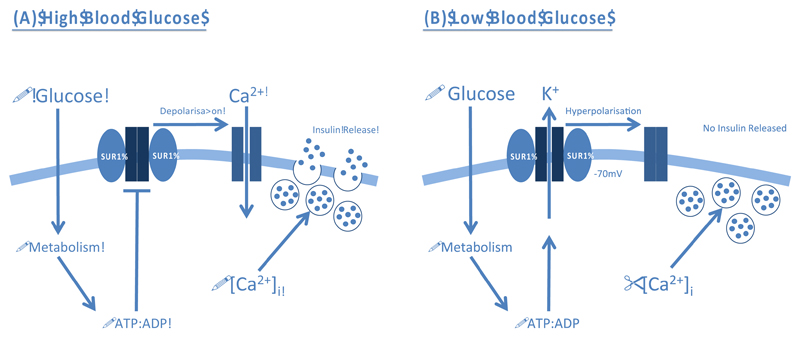Figure 1. Physiological role of ATP-sensitive K+ Channels (KATP) in controlling glucose-stimulated insulin secretion from pancreatic β-cells.
(A) A rise in blood glucose increases β-cell metabolism. The resulting increase in intracellular ATP (and fall in MgADP) promotes closure of KATP channels and membrane depolarisation. This triggers opening of voltage-gated Ca2+ channels (VGCCs), Ca2+ influx and exocytosis of insulin granules. (B) A decrease in blood glucose reduces metabolism and the ATP:ADP ratio within the β-cell. This opens the KATP channel and hyperpolarises the membrane, preventing VGCC opening. Thus, no insulin is released.

